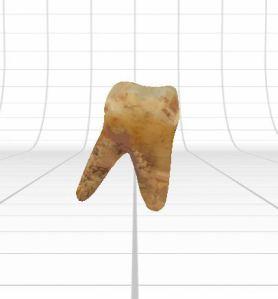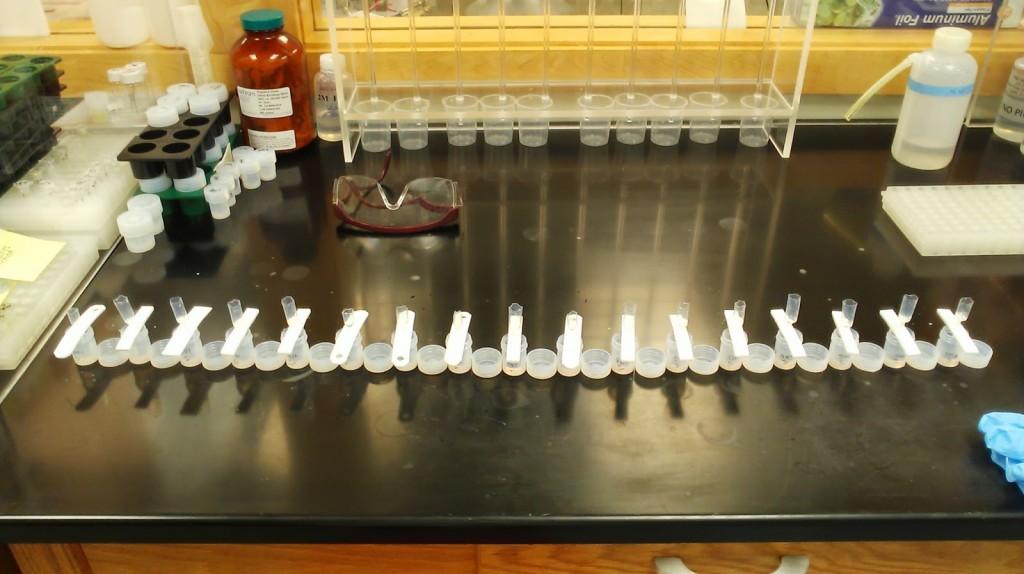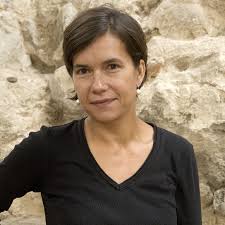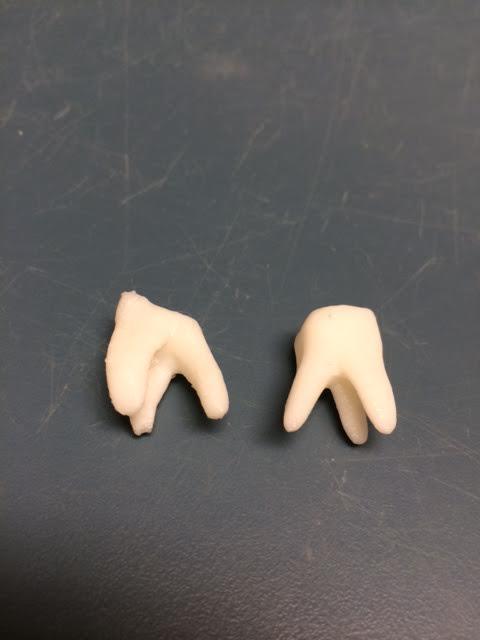Is a futuristic scientist going to be checking out your chompers six hundred years from now? That’s something to consider, and it says a lot for the longevity and posterity of our teeth. Bioarchaeologist Dr. Kristina Killgrove and her team are using the technology of 3D printing to delve into these ancient tools of mastication found during the Periplatz project, also dubbed (translated) ‘Where Berlin Began.’
With no records as to their creation or founding, the two ancient towns of Berlin and Cölln offered up some mystery to scientists and archaeologists, who wondered if it was true as word from history handed down, that the founders of Berlin had come from Cologne, or perhaps another direction. They were stymied as to how the two cities, situated on opposite banks of the Spree River in Germany, came to be one by the 18th century. While Berlin did continue to thrive, the Cölln side was limited due to its surrounding water.
There may not have been any written records, but we all know dental remains can provide a great deal of forensic information. Due to the ‘unique geology’ of Cologne, researchers knew that strontium isotope analysis would provide results in this project.
From 2007 to 2010 archaeologists Claudia Melisch and Jamie Sewell were in charge of excavating a cemetery associated with Cölln called Periplatz (St. Peter’s Square). There, they uncovered the church of St. Peter, along with its town and cemetery, bearing 3,718 bodies in graves, and yielding:
- One of the largest medieval cemeteries in Europe
- Skeletons and teeth dating from 1200-1300
- Skeletons and teeth dating from 1400-1600
Although Medieval citizens did not usually live past middle age, the samples archaeologists uncovered showed that the people were in good health, and without the tooth decay that is not evidenced until after the 15th century.
“They were tall and all had gleaming, white teeth,” Melisch says.
While the size of their church was a sign of prosperity, they were not rich in documentation. It was evident from some of the remains also that they had gone through periods of difficulty and malnutrition. The researchers also found interesting mysteries regarding the dead, including one grave with two men buried together wearing leather bags with sea urchins around their necks. Unearthed in another grave was a newborn baby who had been buried with a 50- to 60-year-old woman, circa 1200.
Claudia Melisch sent the first molars of 22 individuals from the Petriplatz site in Berlin, Germany to Dr. Killgrove at Virtebra, the Virtual Bones and Artifacts Lab at the University of West Florida. Due to issues with funding for the project, Dr. Killgrove and her colleagues were helping to do their part by performing some analysis in Florida.
Killgrove’s part in the project was to examine dental enamel using ‘strontium isotope analysis,’ which is helpful in learning about the diet and migration patterns of the ancient citizens. Before the analysis was to take place at the Isotope Geochemistry Lab at UNC Chapel Hill with Dr. Drew Coleman, however, Killgrove 3D scanned, edited, and printed two models of the ancient teeth to begin her journey in creating ‘an interactive and comparative 3D collection.’
The remains left the researchers begging the questions of who founded the cities and from whence did they come?
They discovered that three of the individuals were from another area of Germany besides Berlin. According to Dr. Kilgrove, one molar presented “with a strontium isotope value of .713, which is similar to the geology of west-central Germany, and the other with a strontium isotope value of around .711, which is more similar to the geology of Berlin.”
In making the 3D printed models of the teeth, Killgrove was able to replicate samples to work from, share with colleagues, and keep permanently long after the originals have been sent back to their homeland of Germany.
 In the scanning and printing process, Killgrove did make some refinements which allowed her an end product with which she was very satisfied.
In the scanning and printing process, Killgrove did make some refinements which allowed her an end product with which she was very satisfied.
“During the editing process, I encountered very few problems. Fusing the model turned out to be the most difficult part of the process. Instead of binding multiple models together and filling any holes, fusing would not fill any data gaps but instead add more holes to the object,” said Killgrove. “I found a way to alternatively fuse the models by using the ‘remesh’ option on the software. This option created a smooth, clean and completed digital model.”
Killgrove plans to keep building the inventory of 3D printed teeth replicated from the originals. She also points out that “the Petriplatz skeletal collection now represents fifty percent of all known medieval and post-medieval skeletons from the area but is unique in its size and cross-section of the population.”
Let’s hear your thoughts on yet another interesting 3D scanning/printing application. Tell us about it in the 3D Printed Teeth forum at 3DPB.com.
Subscribe to Our Email Newsletter
Stay up-to-date on all the latest news from the 3D printing industry and receive information and offers from third party vendors.
Print Services
Upload your 3D Models and get them printed quickly and efficiently.
You May Also Like
Havaianas Collaborates with Zellerfeld to Launch 3D Printed Flip-Flops
The shoe of the summer is undoubtedly the flip-flop. Easy on, easy off, your feet won’t get sweaty because there’s not much material, and they’re available in a veritable rainbow...
UCLA Researchers Develop 3D Printed Pen that May Help Detect Parkinson’s Disease
Diagnosing Parkinson’s disease is difficult. Often, early symptoms of the progressive neurological condition may be overlooked, or mistaken for signs of aging. Early diagnosis can help save lives and improve...
Printing Money Episode 30: Q1 2025 Public 3D Printing Earnings Review with Troy Jensen, Cantor Fitzgerald
Printing Money is back with Episode 30, and it’s that quarterly time, so we are happy and thankful to welcome back Troy Jensen (Managing Director, Cantor Fitzgerald) to review the...
Heating Up: 3D Systems’ Scott Green Discusses 3D Printing’s Potential in the Data Center Industry
The relentless rise of NVIDIA, the steadily increasing pledges of major private and public investments in national infrastructure projects around the world, and the general cultural obsession with AI have...




































